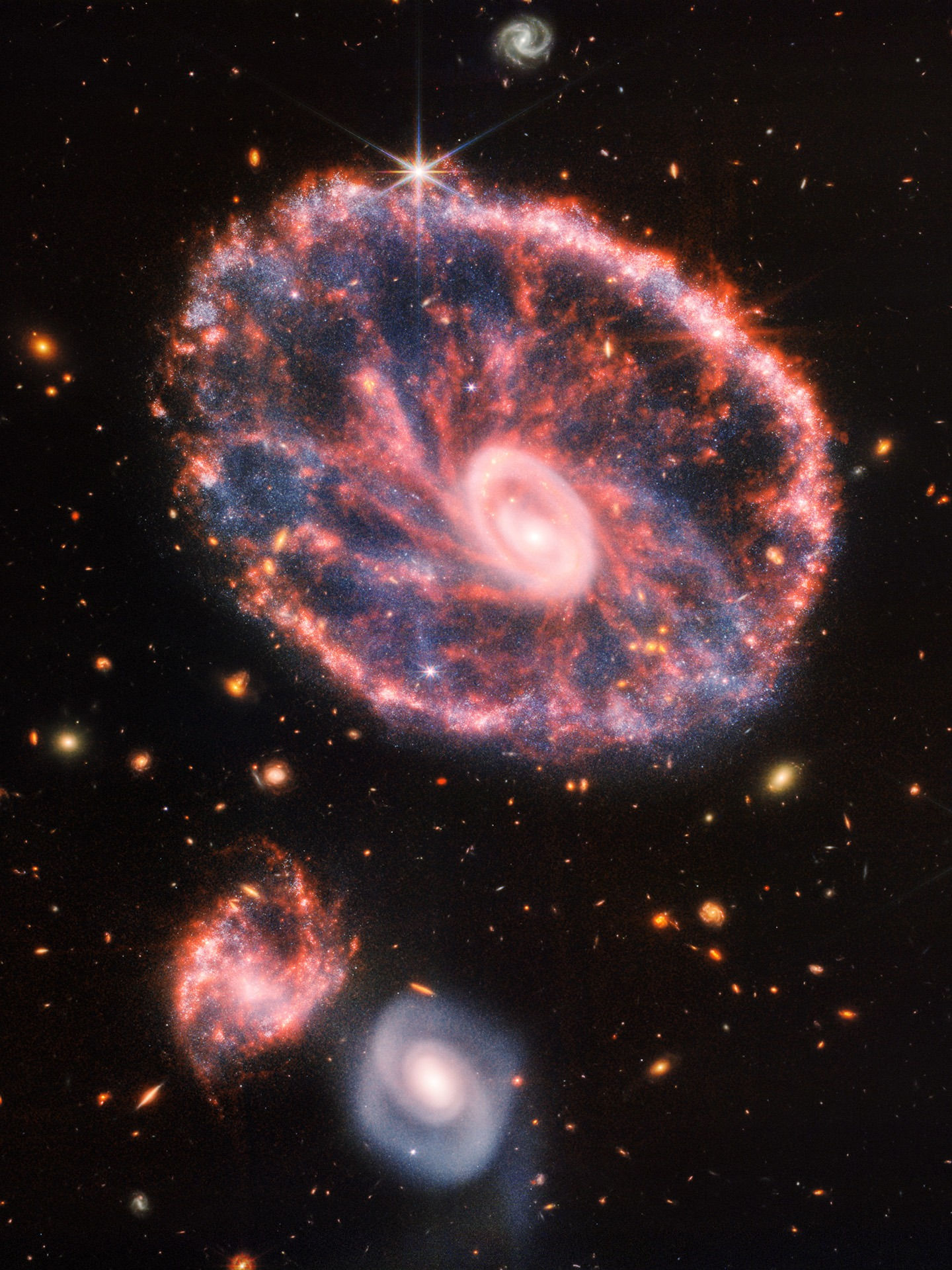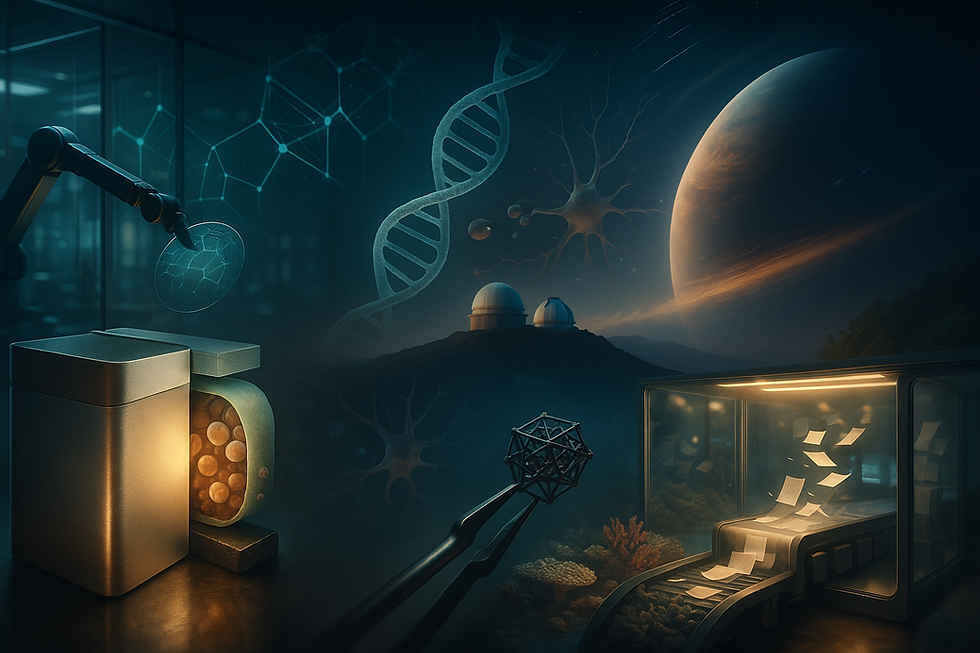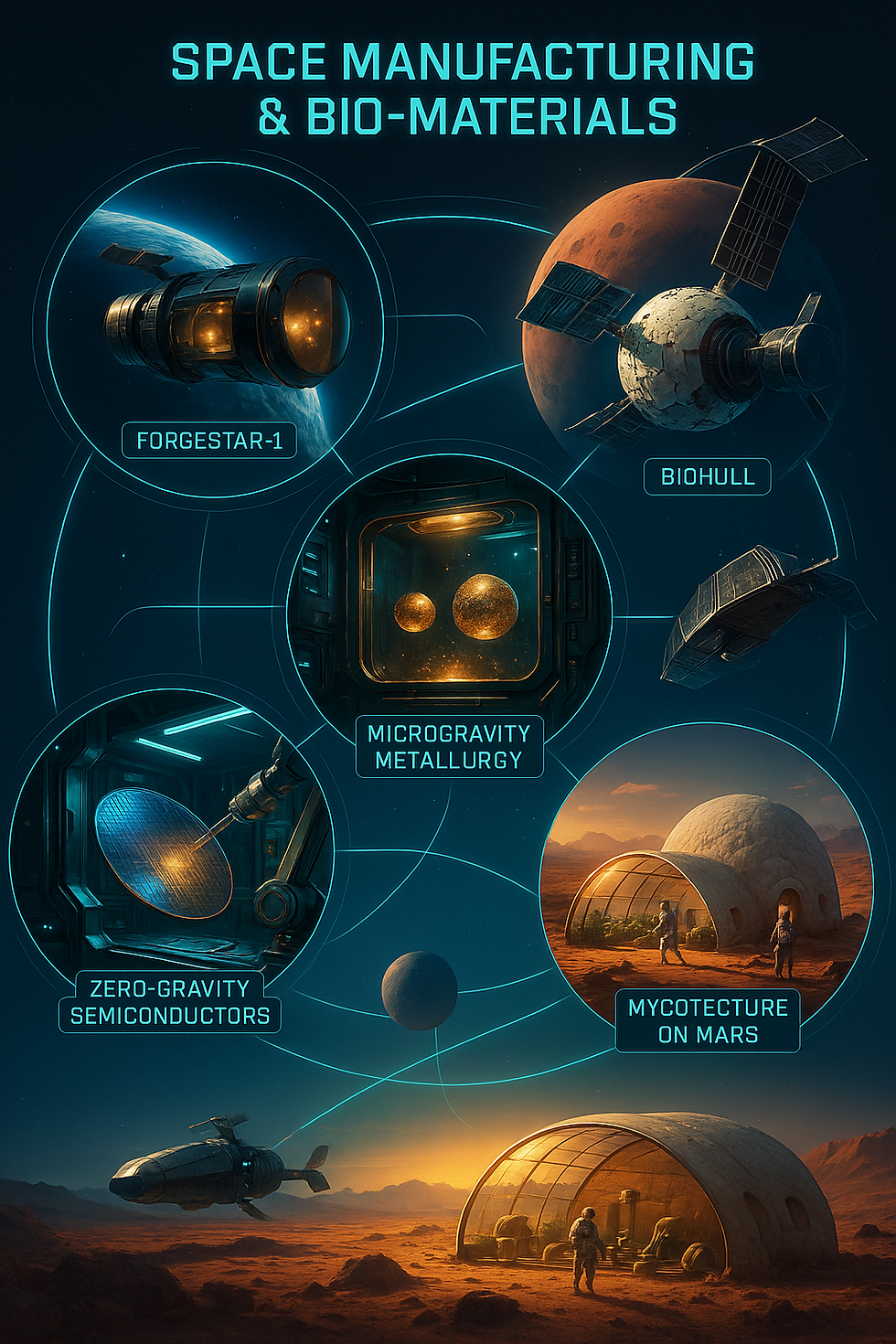General Relativity passes one more Difficult Test.
- Prof.Smith

- Aug 14, 2019
- 3 min read
Updated: Feb 27, 2023
Measurements from three recent experiments: the Planck Satellite, the Dark Energy Survey (DES) and the Canada-France-Hawaii Telescope Lensing Survey (CFHTLenS) are confirming the theory of general relativity as the correct theory of gravity at large scales, according to a recent publication: https://doi.org/10.1103/PhysRevD.99.083512
General Relativity is the currently accepted theory of gravity. Albert Einstein published the relevant paper in 1915, and since then, starting with the solar eclipse of 1919, GR has passed every observational and experimental test, such as the gravitational waves discovery and the observed time dilation near stronger gravity (both being major predictions of the theory). According to GR, space and time are both dynamic quantities, that is there is a dynamic interaction between matter, energy and spacetime. Not only matter itself curves the spacetime, but also the curvature of the spacetime dictates the movement of matter.

Let us look closer at the these experiments:
1. The project known as the Canada-France-Hawaii Telescope Lensing Survey (CFHTLenS), uses data from the Canada-France-Hawaii Telescope Legacy Survey. Galaxies included in the survey are typically six billion light years away. Professor Ludovic Van Waerbeke, from the University of British Columbia, said: “It is fascinating to be able to ‘see’ the dark matter using space-time distortion. It gives us privileged access to this mysterious mass in the Universe which cannot be observed otherwise. Knowing how dark matter is distributed is the very first step towards understanding its nature and how it fits within our current knowledge of physics.” Dr Catherine Heymans, a Lecturer in the University of Edinburgh’s School of Physics and Astronomy, said: “By analysing light from the distant Universe, we can learn about what it has travelled through on its journey to reach us. We hope that by mapping more dark matter than has been studied before, we are a step closer to understanding this material and its relationship with the galaxies in our Universe.” Dr Christian Veillet, CFHT Executive Director, said: “This dark matter study illustrates the strong legacy value of the CFHT Legacy Survey which is now enabling exciting results obtained by teams from many nations which use the images retrieved from the Canadian Astronomy Data Centre where they are archived and publicly available”. Professor Lance Miller, from Oxford University said: “This result has been achieved through advances in our analysis techniques which we are now applying to data from the Very Large Telescope’s (VLT) Survey Telescope in Chile.” Professor Koen Kuijken, from Leiden University, said: “Over the next three years we will image more than 10 times the area mapped by CFHTLenS, bringing us ever closer to our goal of understanding the mysterious dark side of the Universe.”
2. DES was an international collaborative effort with a goal to map hundreds of millions of galaxies, detect supernovae, and in general explore the cosmic structure. The team of more than 400 scientists was using the 4 meter telescope at Cero Tololo Inter-American observatory together with a powerful 570 megapixel digital camera. Over 6 years the survey has recorded information about 300 million galaxies, billions of light years away from Earth, and thousands of supernovae. The survey ended on this January.
3. Finally, Planck was a space telescope from ESA. From 2009 to 2013, the telescope mapped the anisotropies of the cosmic microwave background (CMB) at microwave and infra-red frequencies, with high sensitivity and small angular resolution.
Since 1998, from landmark observations of distant supernovae, we know that the Universe is expanding with acceleration, and therefore the experiments were designed with intend to clarify the nature of dark energy, which is the driving force of acceleration. However, dark energy is just an extra term on the Einstein field equations. Modified gravity models exist, but their main success until now is near the quantum regime. At small scales, we certainly know that general relativity needs corrections or even replacement, but this is an other topic.












































































































Comments